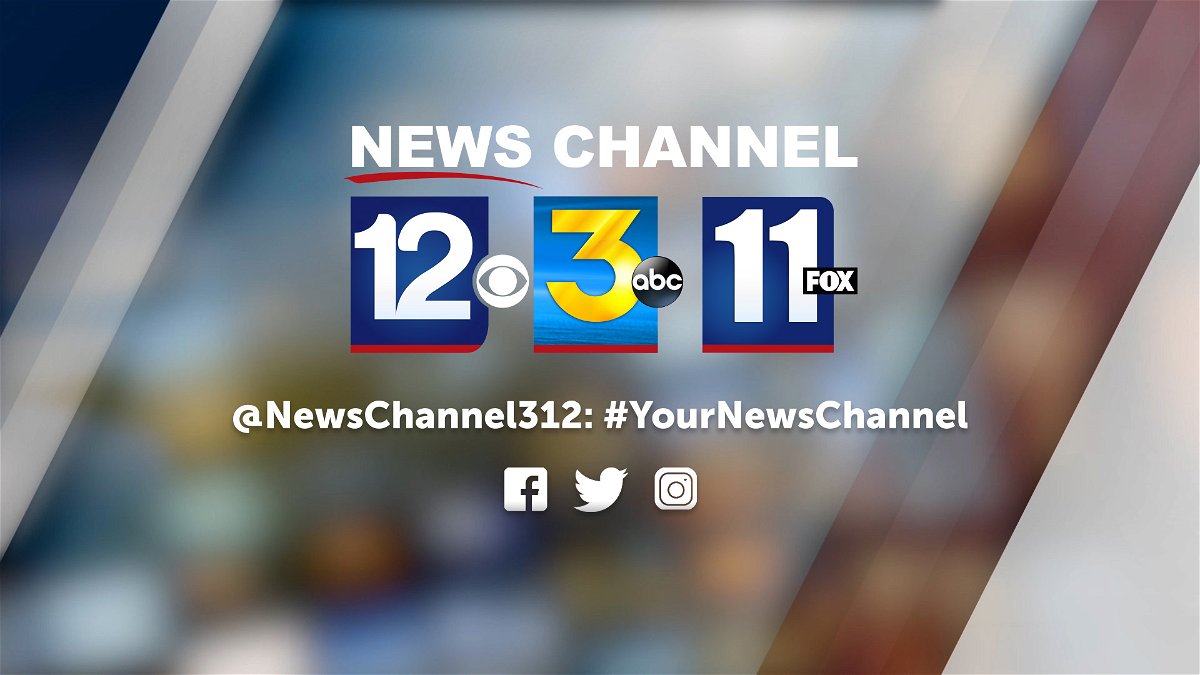Tsunami Preparedness on the Central Coast: What You Need to Know
SANTA BARBARA, Calif. – In a region known for life-threatening wildfires and mudflows, Santa Barbara County is turning its focus this week to tsunami preparedness.
Santa Barbara County Parks and the County Office of Emergency Management organized Tsunami “Walk & Roll” events Thursday morning at Guadalupe Beach, Goleta Beach, Arroyo Burro Beach and Jalama Beach.
County park rangers met with the public and provided education about tsunami risks. They also demonstrated how to evacuate safely if a tsunami reaches the Santa Barbara County coastline.
New maps highlight areas at risk, including the Carpinteria waterfront near the Salt Marsh and West Beach in Santa Barbara. In San Luis Obispo County, Cayucos is identified as a location with potential for damaging inundation.
According to the National Oceanic and Atmospheric Administration, tsunamis are large ocean waves triggered by undersea earthquakes or volcanic eruptions.
The Santa Barbara County Office of Emergency Management warns that all coastal areas — including local beaches — and some inland zones could flood under tsunami conditions.
Jackie Ruiz, emergency preparedness communications and outreach coordinator, posed a vital question: “What would happen if there was an earthquake locally off our shores? What would people have to do in that moment?”
Tsunami alerts are issued in three categories:
- Tsunami Watch: A tsunami may later impact the area.
- Tsunami Advisory: A tsunami capable of producing strong currents or waves is imminent, expected or occurring.
- Tsunami Warning: A tsunami with the potential for widespread inundation is imminent, expected or occurring. Evacuations from identified tsunami inundation areas will be required.
Informational signs are posted along many waterfront areas to mark tsunami risk zones.
“That means tsunami waters can come up to the shore and even further past it,” Ruiz said. “It’s really important to take those signs seriously.”
Jessica White, a local resident who stopped by to learn more about the risk, said she was impressed by the outreach efforts.
“Not only did they have maps showing various risk areas, but they also teased a new online tool that will let users assess their individual risk levels, which is super cool,” White said.
Experts caution that tsunami events may not unfold all at once, and the first wave isn’t always the largest.
“More than one wave can come as a result of a tsunami,” Ruiz said. “The first may not be the largest or strongest, which is why it’s important to listen to local officials.”
Residents are encouraged to sign up for emergency alerts at ReadySBC.org, where they can receive notifications via text, phone and email.
“Local alerts are very important,” Ruiz said. “After an earthquake or tsunami hits, we may experience other impacts, and your local officials will be the ones to inform you.”
Whether you're a local resident or visiting a coastal area, having a safety plan is essential.
“So many individuals don’t have a preparedness plan or emergency supplies ready,” White said. “It’s really important to educate ourselves and be better prepared.”




